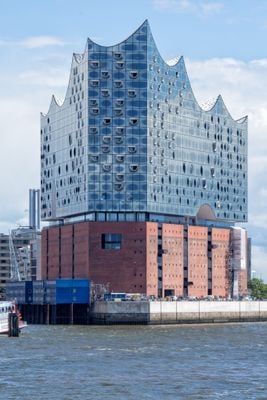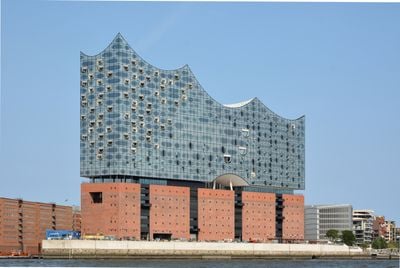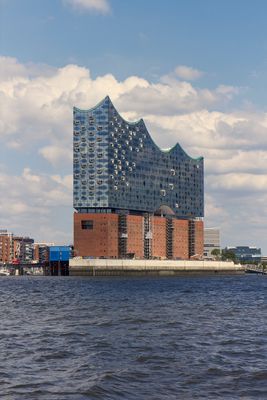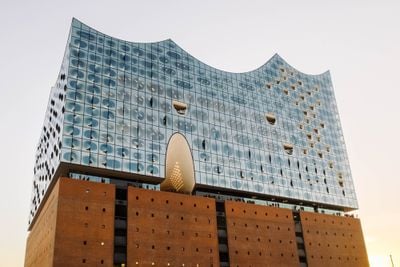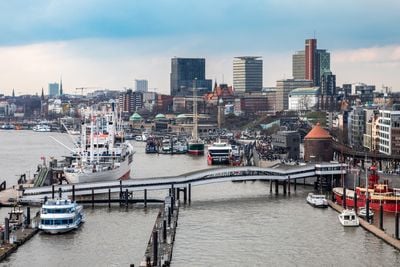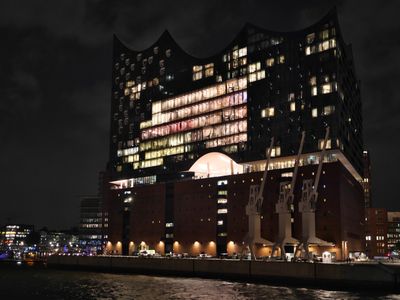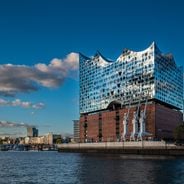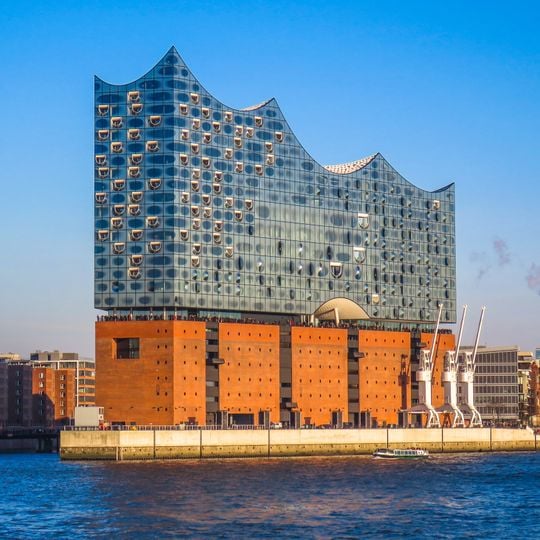
Elbphilharmonie, Concert hall in HafenCity, Germany
The Elbphilharmonie combines historical warehouse architecture with a glass structure featuring reinforced concrete and steel elements rising 110 meters above Hamburg.
The construction site transformed from Kaispeicher A warehouse, established in 1963, into a modern concert venue that opened its doors in January 2017.
The concert program features orchestral performances, chamber music recitals, and contemporary compositions in two halls accommodating 2150 and 550 visitors respectively.
The central plaza at 37 meters elevation provides public access to viewing areas overlooking the Port of Hamburg and urban landscape.
The concert hall incorporates 10000 individually designed gypsum fiber panels crafted specifically for optimal acoustic performance throughout the performance spaces.
Location: Hamburg-Mitte
Inception: 1963
Architects: Herzog & de Meuron, Werner Kallmorgen
Official opening: January 11, 2017
Floors above the ground: 26
Elevators: 29
Height: 110 m
Accessibility: Accès limité en fauteuil roulant
Made from material: reinforced concrete, glass, steel, concrete
Operator: Stadt Hamburg
Address: 1 1 Platz der Deutschen Einheit 4, 20457 Hamburg 20457 Hamburg 20457 Hamburg
Phone: +49403576660
Website: https://elbphilharmonie.de
GPS coordinates: 53.54142,9.98419
Latest update: May 28, 2025 10:23
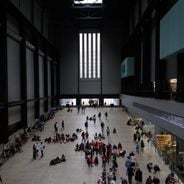
Jacques Herzog co-founded Herzog & de Meuron with Pierre de Meuron, an architecture firm that has completed projects across multiple continents. The portfolio includes museums, stadiums, residential buildings and cultural centers in Europe, Asia and the Americas. Each project responds to its specific urban context with tailored architectural solutions. Completed works include the conversion of the Tate Modern in London, the National Stadium in Beijing for the 2008 Olympics, the Elbphilharmonie concert hall in Hamburg, and the Pérez Art Museum in Miami. The buildings feature experimental facade treatments and innovative use of materials. Herzog & de Meuron received the Pritzker Prize in 2001.

The most important opera houses of the 19th century form an architectural group that reflects the history of classical music. These buildings, located in major world capitals, showcase various styles: neoclassical, neobaroque, modern. Their architectures reflect the evolution of acoustic techniques and performing arts. From the Teatro San Carlo in Naples to the Palais Garnier in Paris, these buildings are references in theatrical architecture.
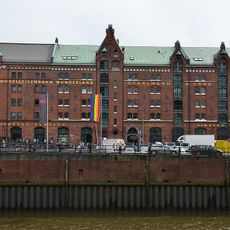
Miniatur Wunderland
413 m
Hamburg Dungeon
440 m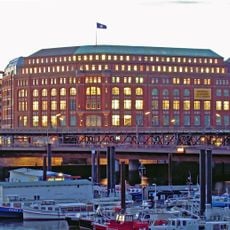
Slomanhaus
385 m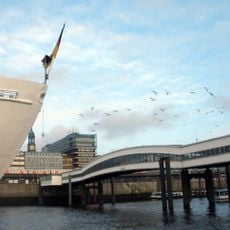
Überseebrücke
457 m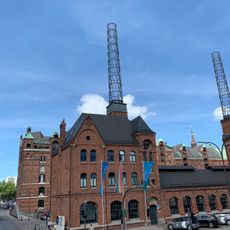
Speicherstadtmuseum
288 m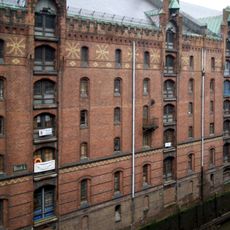
Spicy’s Gewürzmuseum
338 m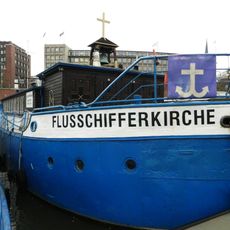
Flussschifferkirche Hamburg
351 m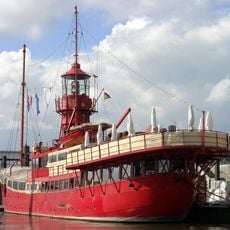
Feuerschiff
419 m
Schaarhörn
517 m
Kontorhaus Stubbenhuk
493 m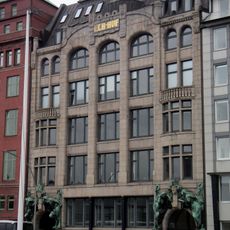
Elbhof
479 m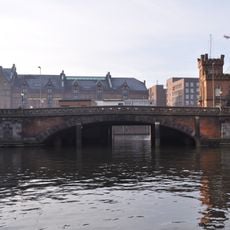
Hohe Brücke
441 m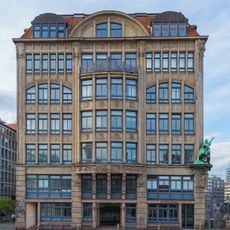
Haus der Seefahrt
438 m
Harbour Police Station No 2
202 m
Stolperstein dedicated to Gertha Seligsohn
498 m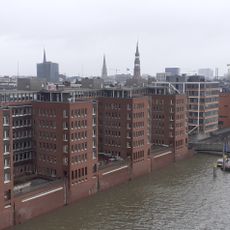
Vespucci Haus (Hamburg)
175 m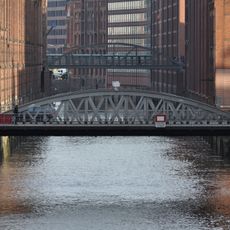
Sandbrücke
454 m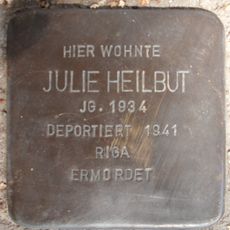
Stolperstein dedicated to Julie Heilbut
433 m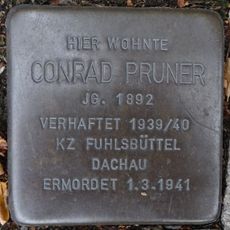
Stolperstein dedicated to Conrad Pruner
403 m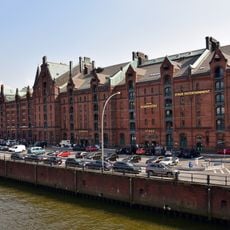
Block D
378 m
Mahatma-Gandhi-Brücke
89 m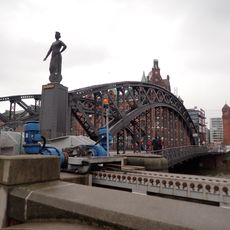
Brooksbrücke
498 m
Stolperstein dedicated to Johannes Horlebusch
430 m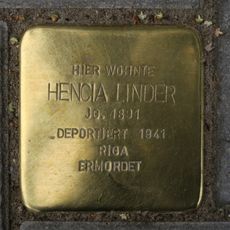
Stolperstein dedicated to Hencia Linder
428 m
Stolperstein dedicated to Minna Heilbut
433 m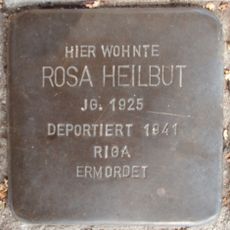
Stolperstein dedicated to Rosa Heilbut
433 m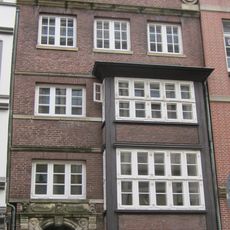
Deichstraße 47
474 m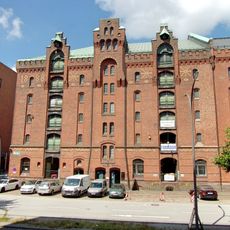
Am Sandtorkai 36
291 mReviews
Visited this place? Tap the stars to rate it and share your experience / photos with the community! Try now! You can cancel it anytime.
Discover hidden gems everywhere you go!
From secret cafés to breathtaking viewpoints, skip the crowded tourist spots and find places that match your style. Our app makes it easy with voice search, smart filtering, route optimization, and insider tips from travelers worldwide. Download now for the complete mobile experience.

A unique approach to discovering new places❞
— Le Figaro
All the places worth exploring❞
— France Info
A tailor-made excursion in just a few clicks❞
— 20 Minutes

